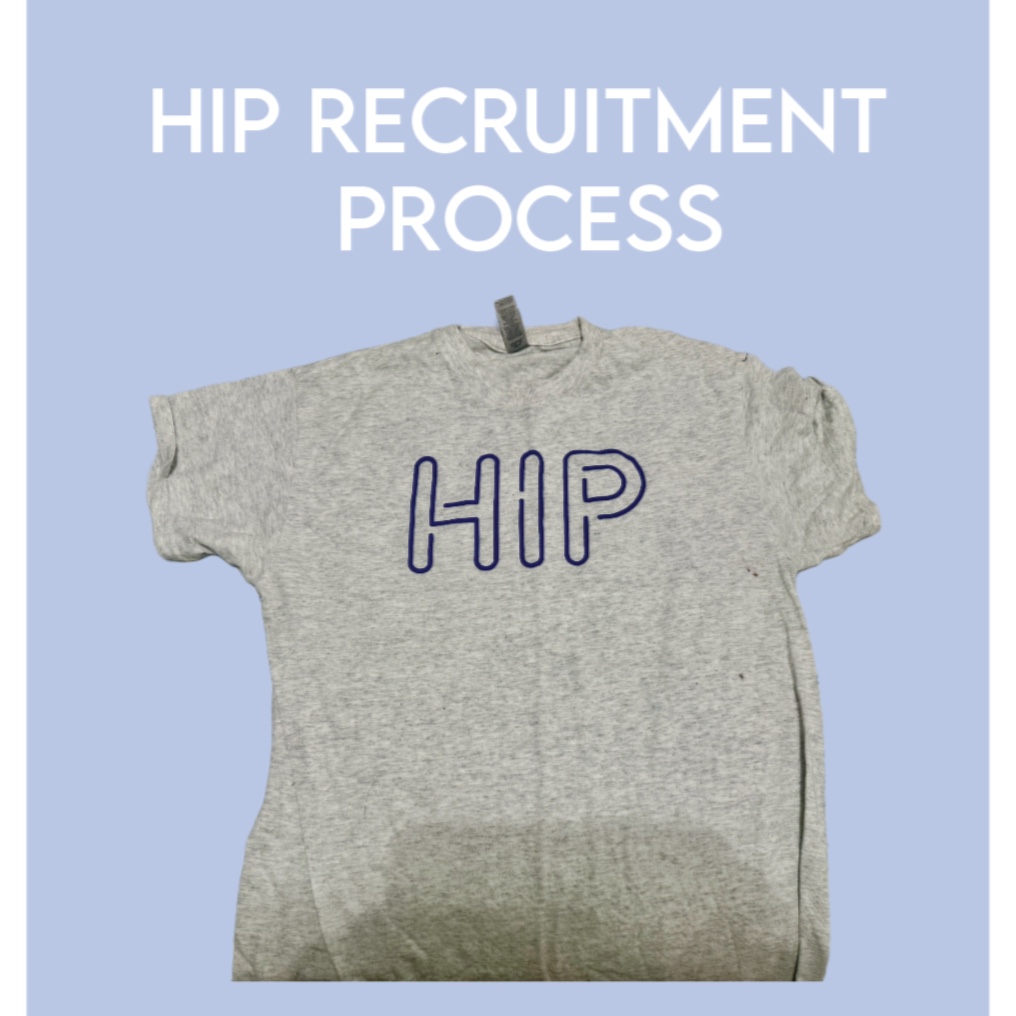Can Popular Music be Purposeful?
April 26, 2017
In February pop princess Katy Perry released her single “Chained to the Rhythm,” which features reggae artist Skip Marley. The song tells a tale of social ignorance in the modern age and how we easily distract ourselves from the issues of today like poverty and war. Perry describes the single as the start of her musical transition to “purposeful pop.” This idea diverges from one of the major components of pop music ever since the birth of the genre: its widespread enjoyment. Can a genre so based on pleasing the masses effectively criticize the same audience it appeals to?
One can easily see how the design of Perry’s marketing campaign for the song attempts to maximize economic profit. First, the artist released a teaser in an interesting and eye-catching way; by chaining a disco ball, the symbol of the disco era’s carefree, partying attitude, to a bench at the Griffith Observatory in Los Angeles with a pair of headphones attached that played the chorus of the song to anyone who put them on. Perry’s fans, bestowed with the title “Katy Kats,” in the L.A. area flocked to the scenic overlook just to get a taste of what their idol had to offer them.
Next, Perry released the song just before the primetime of music coverage: the 59th annual Grammy Awards. “Chained to the Rhythm” found a place amidst the discussions of Beyonce, Adele, and other artists featured that night by earning a performance spot in the show, which featured a literal version of the “rose-colored glasses” Perry mentions in the song, Perry wearing an armband reading “RESIST” in pink rhinestones, and a projection of the United States Constitution. This began Perry’s tour of other award shows that season, including the Brit Awards among others, that featured larger performances with higher production value. The song’s advertisement also continued on radio streams and with the release of a colorful, highly-animated, wacky (but eventually serious) music video.
What was the song’s message? Perry doesn’t seem to directly state our society’s issues of unawareness, but paints a picture of a population blissfully ignorant of the world around them and enslaved by trivial pleasures. We tune out the world around us as we “dance, dance, dance to the distortion.” The influence of the political atmosphere of today seems clear. In the age of Trump we have seen what many would call challenges to the stability of government, the rights of many marginalized groups and the truth itself. As a Hillary Clinton supporter (Perry performed at the 2016 Democratic National Convention that nominated Clinton and expressed her support of the candidate numerous times over social media and other platforms), it makes sense that she would want to discuss these issues, or at least the presence of them, in her music.
But is she really discussing the issues? How often do we truly listen to the lyrics of popular music? Sure, one may memorize all the lyrics to their favorite song on the radio at the moment, but do they truly resonate with the words they’re belting out? Pop music’s greatest vector of transmission is radio, something many put on in the background while they drive just so they are not left with the deafening silence of their thoughts for too long. We generally absorb pop music not by its words but by its sound; if it sounds nice we enjoy it and many can disregard the lyrics. The songs play so often we barely acknowledge them when we hear them. Our minds fail to divert attention to them because we already know what they are: the same song we have heard for the past month every time we drive to work or attend a social gathering.
Despite this, the intent of the song comes into question when we look at how it has been displayed. Is Perry pandering to her usual teenage and young adult audience, which has recently embraced social justice movements? The huge amount of airplay “Chained to the Rhythm” has received is a great way for Perry to let her audience know she cares about the real issues, and I am sure her fans, and new listeners, would admire her for her commitment to the issues. But is the commitment real or is it just a tactic for gaining the popularity of today’s more socially-aware youth?
It is not a foreign concept; we have even seen it very recently. Model Kendall Jenner starred in an ad for Pepsi that featured her taking part in a protest or demonstration (the purpose of which is still unknown) and handing one of the policeman patrolling the protest a can of the beverage. The crowd cheers wildly for Jenner, and why should they not? Obviously she just ended social injustice. And all it took was a can of Pepsi. Who knew?
When Pepsi executives approved the ad, they thought it would be a fantastic way to let the cool, socially-aware teens that they too are “woke.”
“We support protests,” they seemed to shout. “And we support cops! Look, Kendall gave him a Pepsi! We’re all friends here! Woke friends! Am I right, fam?”
However, we, the public, saw through that scheme. We recognized that Pepsi was trying to commodify social action and use it to sell their products, reducing the social justice movements that we care so deeply about to a trend and a simple gathering of people that deserves a celebration. It stripped away the meaning of social action. After the backlash, Pepsi pulled the ad.
I love pop music. I listen to it all the time just to clear my head and distract myself when I’m bored or lift me up when I’m feeling down. I also appreciate songs with messages. Songs like “Scars to Your Beautiful” by Alessia Cara that promote self-acceptance and self-love can really help people who struggle with these issues. But a key difference exists between Perry’s messaging and Cara’s. Cara’s, while her message is important, does not discuss a critique of society. You only need to hear “You’re beautiful” and you get the message; it’s simple. But Perry’s requires focus and attention. She is calling you out on your ignorance and you need to listen. How much do you want to listen after you have heard the song for weeks?
If Perry is truly trying to convey a message then I applaud her. We need that reality check now more than ever. But if she really wants to get it across then she needs to do more than make her pop purposeful. She needs to change the nature of how pop music passes through our community.
There is a reason Lemonade made such an impact on our community. Beyonce pulled out one of the most spectacular album releases of the year. Her visual, hour-long album shocked its viewers with its exceptional production and innovative ideas about how we should listen to music, not just with our ears, but with our eyes as well. She followed this with a few televised performances but where Beyonce differs is that she never played the same song twice. She performed “Formation” at Super Bowl L, “Love Drought” and “Sandcastles” at the Grammys, and 5 other songs at the VMAs. The production value was just as high as Perry’s but she brought something different to the table each time, exciting us and making us want to listen each time.
If Perry wants us to listen to her message, she has to give us time to think. She has to let us listen to her, digest what she says, and embrace it. But the usual mode of pop transmission will not work this time. Perry needs to tell us what’s wrong by being quiet. She has to yell at us with her silence.









